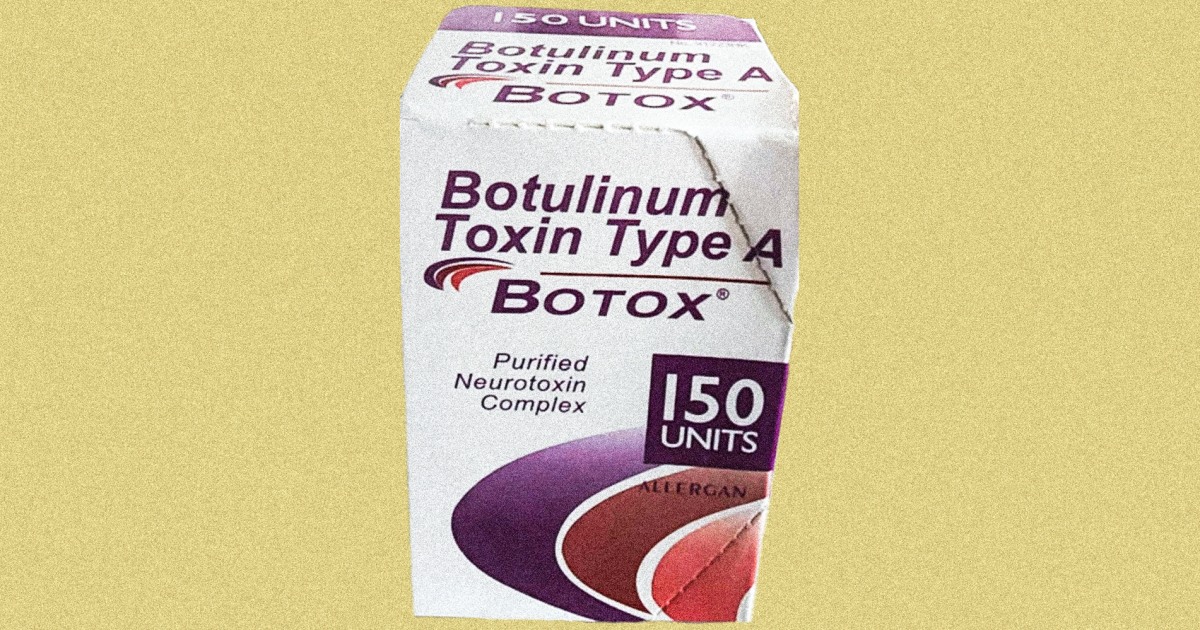
Warnings about fake Botox injections given by people not trained to give the shots are growing. On Friday, the New York City Health Department said that three people have had to go to emergency departments after getting injections of botulinum toxin in their face, neck, upper back or armpits.
Within days or weeks of getting the shots, the three developed a range of symptoms, from double vision and drooping eyelids to difficulty swallowing, breathing and raising their arms.
Two were hospitalized, and one needed to be admitted to an intensive care unit.
The new insights come as both the Centers for Disease Control and Prevention and the Food and Drug Administration investigate other cases of people who’ve had to be hospitalized with potentially severe side effects after getting fake Botox shots from unlicensed providers.
On Friday, the CDC reported that at least 22 people in 11 states have had bad reactions, including slurred speech, trouble breathing and blurry vision, after receiving counterfeit versions of the wrinkle-smoothing treatment. No deaths have been reported.
All are women between the ages of 25 and 59, most around age 40. The women had received the shots in “non-healthcare settings,” such as homes and spas, the CDC said. Reports of symptoms possibly related to the fake Botox were first reported in early November 2023.
“People should not be getting injections from friends or at parties,” NYC Health Commissioner Dr. Ashwin Vasan said in a press release Friday. “A price that is too good to be true, or if a service provider does not explain the risks and side effects of the procedure, are clear warning signs that the products or services may not be legitimate and could pose a risk to your health.”
The FDA said that there’s no indication that authentic Botox, from the drugmaker AbbVie, is linked to any of the illnesses.
The drug uses a purified form of a neurotoxin called botulinum toxin that causes muscle paralysis. Injected in precise amounts into specific areas of the face, it can relax muscles that cause wrinkles.
In an email to NBC News, the FDA said that it’s “actively working” with state and federal health authorities to investigate the source of counterfeit Botox.
“The question is, is this ‘faux-tox’ all one and the same?” asked Dr. Adam Friedman, a dermatologist and chair of dermatology at George Washington University. “Or are multiple people creating different versions of it? We don’t know the answer to that.”
Dr. Kate Dee, a physician and founder of Glow Medispa in Seattle, blamed the recent illnesses on unregulated medical spas, which have ballooned in recent years, becoming a $15 billion wellness industry.
“The problem is not that there’s fake Botox around and doctors might accidentally use it. That’s not what’s happening. Doctors get real Botox, and we pay lots of money to do things legally and legitimately,” she said. “It’s these people who are busy trying to make money from the med spa industry, the esthetics industry, who are getting it because it’s so much cheaper.”
Cases linked to counterfeit Botox have been detected so far in California, Colorado, Florida, Illinois, Kentucky, Nebraska, New Jersey, New York, Tennessee, Texas and Washington. At least 11 patients have been hospitalized, according to the CDC.
Some symptoms, such as blurred vision and drooping eyelids, appeared near the injection site, while others were more widespread, including fatigue and generalized weakness.
Other potentially concerning symptoms could include constipation, incontinence, dry mouth and difficulty lifting the head, the FDA said.
The difference in side effects from fake Botox
Usually, adverse events related to real Botox injections are the result of “poor technique,” such as injecting the toxin into the wrong muscle or in the wrong location, Friedman said.
“But if these patients might be going into respiratory distress or failure because of systemic poisoning,” he said, “that’s different from what doctors usually see.”
The FDA said there are several ways to identify counterfeit Botox products:
- The outer carton and vial contain lot number C3709C3.
- The outer carton displays the active ingredient as “Botulinum Toxin Type A” instead of “OnabotulinumtoxinA.”
- The outer carton and vial indicate 150-unit doses, which is not a unit made by AbbVie.
- The outer carton has language that is not English.
Dee recommends that patients ask to see the vial of toxin before getting the shots. “At the very least, look at the vial because if it’s in any other language besides English, it’s not real Botox.”

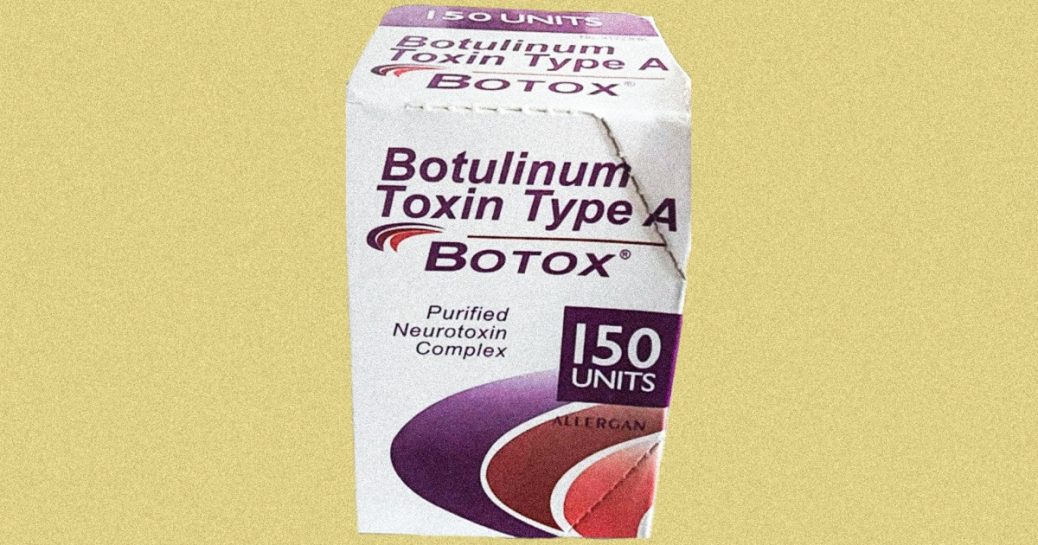
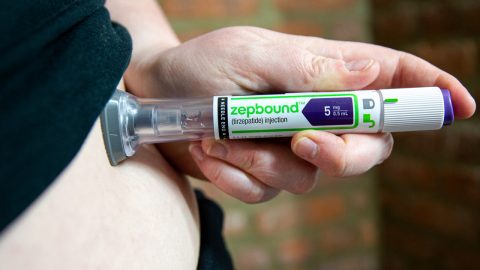

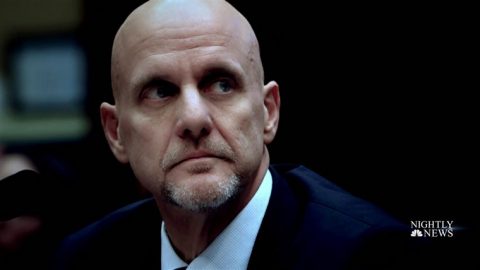

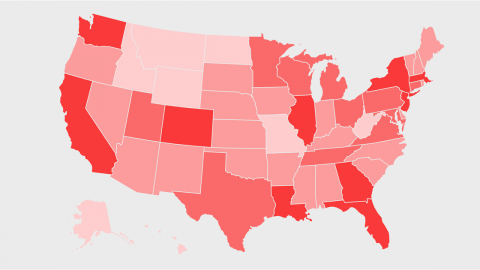

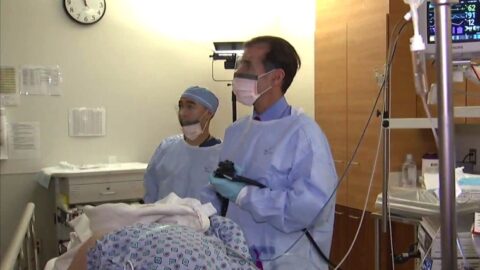
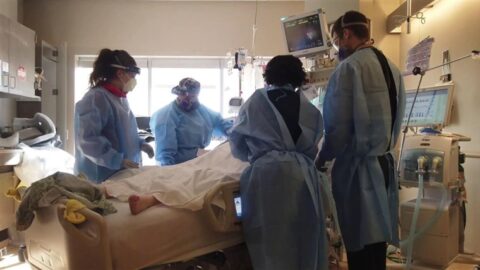
Recent Comments